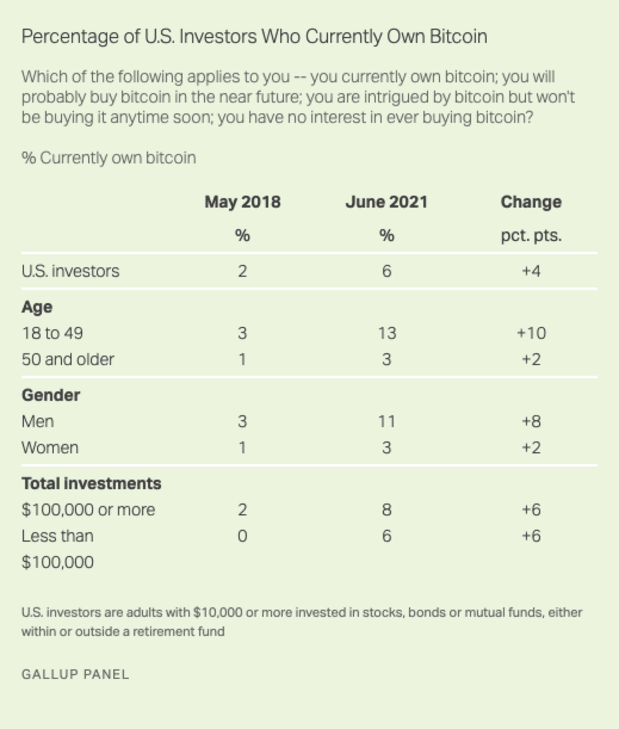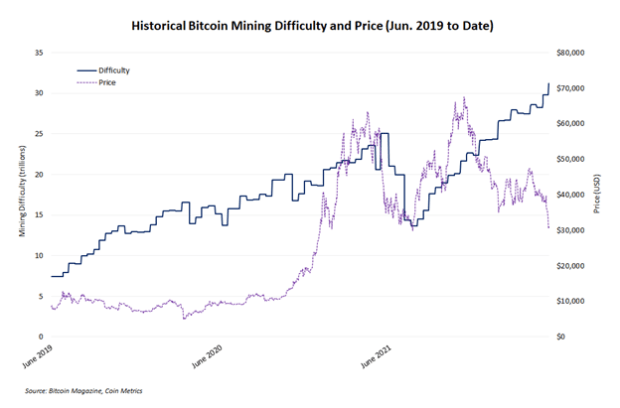Reimagining Web3 With Bitcoin
When the Web3 narrative got very popular in 2021, I was still in college and had only recently been introduced to blockchain technology, smart contracts, and decentralized applications. Like many at the time, I imagined that Ethereum or another highly performant smart contract blockchain would grow to become the base layer of the Internet. The other outcome in my mind was a “multi-chain” future where the Internet ran on multiple smart contract L1s. And Bitcoin, being a boring chain devoid of Turing completeness, had no role in Web3.
A few facts could have easily set the record straight if I were only aware of them at the time. Luckily, I was more cautious with my money than with my thoughts, so I never lost anything investing in Web3 ERC-20 tokens.
Today I am actively betting against the “read, write, own” Internet touted by Web3 VCs while betting on a what I call a “read, write, work” Internet which will be selected and enjoyed by users. Both bets are expressed by owning bitcoin. Rather than a hopeless attempt to “own” data, bitcoin is well placed to be the currency that powers the new web as a medium of exchange. The fundamental concept behind this thesis is a subset of “fix the money, fix the world” – here I am only saying “fix the money, fix the web.”
Web3 is a worthwhile topic to discuss because Bitcoiners need to start reclaiming lost ground. I’ve written before that Bitcoin ought to own the name “Crypto” based on principle and etymology; this essay is about how we should seriously reimagine Web3 with Bitcoin.
Where The Web Went Wrong
The fundamental issue with the Internet today is not privacy, or data, or centralization, or censorship, or anything else people are so used to repeating. The fundamental issue is that there is no consistent money on the Internet.
When I use a social media platform, I pay for that experience using my data. This data is valuable because it can be monetized by selling it to entities which want the data. When an influencer creates content, they are paid with attention. This attention is valuable because it can be monetized by redirecting it to entities which want the attention. See the parallels?
In either case the thing being paid, data or attention, is not money but instead a thing that can be exchanged for money. That process of exchanging these things for money, which I called “monetization” in the examples above, creates enormous market inefficiency. For example, consider what is being paid when you use social media to build a following. On the one hand, you are paying with data but you are getting paid with attention. What’s the exchange rate for these things? To what extent does that rate change and under what conditions will it change? You probably have no idea; these aren’t even the complicated questions and we literally have no idea. People cannot make rational economic decisions when there is such ambiguity in the market.
It’s no sooner than this point that you may begin to notice the core issue with today’s Internet (or “Web2”) lies in the dismal state of today’s “Internet money.” Yes, fiat currency is pretty bad, but at least there’s a single unit of account for different things and there are somewhat known and stable prices. And even though there is a money printer, at least there is some judicious restraint shown some of the time. In contrast, using attention and data as Internet currency is like using pebbles and feathers to buy food and pay rent.
Where the web went wrong isn’t really an issue caused by big tech corporations or the surveillance state. Instead the issue is just that human beings haven’t discovered a money that works well for the web.
Bitcoin (Uniquely) Works Well For The Web
The reason attention and data is used as Internet money is that they act as a form of instantaneous microtransactions. Both are practically endless, so they are good enough for transmitting microscopic packets of value without disrupting user experience, even though neither is good money. (As an aside, the inevitable disruption of UX caused by a cumbersome blockchain-based Web3 Internet is exactly the reason why Web3 in the mainstream-narrative form will never take off.)
Although fiat has become digitized, it still lacks a lot of transnationality, speed, divisibility, and other things which Internet-native money needs. The advent of the stablecoin is perhaps the biggest improvement in this regard. For example, USDC on Ethereum can be split into tiny fractions of a penny (the indivisible unit of a USDC is worth far less than a satoshi), it is borderless, and it can be sent via Ethereum rollups to achieve very fast payment finality.
The stablecoin’s major failing is that it is not a bearer asset and therefore has counterparty risk. The stablecoin issuer is supposed to have real fiat for each stablecoin it issues. This may not always be the case. Even a CBDC implemented as a bearer asset is only a bearer asset to the extent that the user is using it for “approved” transactions. A permissioned CBDC network can easily freeze accounts without any justifiable reason. In an increasingly politicized web, bad currencies like attention (they can just lock your account) and data (they can use your data to verify that what you are doing is authorized) and CBDC’s are all prone to censorship.
The other issue with stablecoins is that they are usually hosted on proof-of-stake networks. PoS can never be as trustless as proof-of-work because it requires external checkpoints to help with consensus. In contrast, Bitcoin is true “crypto” because it relies on cryptography alone for security.
There’s another reason Bitcoin works uniquely well for the web, which I find to be rather underappreciated. While both Bitcoin and Ethereum are scaling via layers, Bitcoin’s L2 approach (predominantly the Lightning Network) favors state channels whereas Ethereum’s L2s are mostly rollups. State channels are the superior way of scaling for payments. They enable privacy by default and reject the need for global state consensus. Indeed this is like cash: private by default, without a known global state. Rollups, on the other hand, require a global state, which means having to address data availability issues and other complex stuff. Today most of the prominent Ethereum rollups are functionally like separate L1’s with their own global state consensus rules. Assets are also less fungible because the same base layer asset bridged to different rollups aren’t treated as the same asset.
Lastly, state channels enable high-speed microtransactions. They will always be faster than rollups because rollups must propagate data to all nodes while state channels are just between two individuals. Altogether, bitcoin is the best choice for Internet-native money because it is the most secure bearer asset with the most appropriate payment infrastructure.
“Read Write Own” Or “Read Write Work”?
Web3 touts an Internet powered by smart contract blockchains which, through a token economy, could enforce ownership of user data and enable users to earn revenue from this data. This was famously labeled “read, write, own,” which juxtaposed Web2’s “read, write” framework and Web1’s “read” framework with itself.
The problem is no one can “own” data in any practical sense. Once data is revealed, you cannot force someone to forget it and you cannot force them to not use it. The only data you can “own” would be data that no one else has. But generally as soon as you reveal you have the data, you also reveal the data and relinquish your only practical ownership claim. Only asymmetric systems allow you to reveal possession of knowledge without revealing knowledge (think zero-knowledge proofs, or perhaps more familiarly, signatures via your seed phrase).
This is the main reason “read, write, own” was NGMI from the start. Another reason is what we’ve already talked about: focusing on data is the wrong idea entirely. Data and attention are just bad monies which must be replaced by good money. Trying to “own” data is foolish. People make data every second. What’s the point of owning something like that?
Bitcoin is the money that can replace data and attention. No one can make more bitcoin. Having a single, unfragmented, liquid medium of exchange will fully unlock a free market for Internet-native businesses.
This is why I say the new Internet – the coming “Web3” that users will actually use – will be a “read, write, work” Internet. If data and attention are no longer valid currencies, then the only thing that remains is to use one’s creativity and speech – one’s works – to earn the real currency. There is a cool philosophical parallel here. Proof-of-stake, so favored by Web3 VCs, will predictably imagine a rent-seeking “own” value proposition to project their preferences to the future Internet. Bitcoiners understand that ownership is meaningful only when there is true scarcity and proof of work.
Conclusion
My position is that bitcoin is the most promising Web3 token out there. The reason privacy and censorship are issues in today’s web is because bad monies like data and attention are the current currencies of the web. As bitcoin becomes the preferred Internet money, it will absorb the value of these inferior currencies, much like what it’s already doing with certain fiat currencies. Fix the money, fix the web. That is Web3 reimagined with Bitcoin.
This is a guest post by Allard Peng. Opinions expressed are entirely their own and do not necessarily reflect those of BTC Inc or Bitcoin Magazine.









